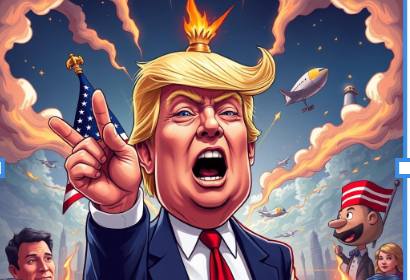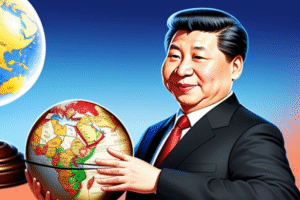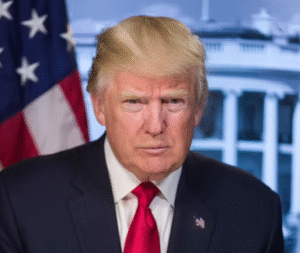# $REMX #REE #TrumpXi #RareEarths #TradeAgreement #Geopolitics #China #USRelations #GlobalMarket #EconomicTruce #InvestmentInsights
What Did Trump and Xi Really Agree On? Uncover the Key Outcomes and Lingering Questions from Their Historic Truce.
In the latest developments from the high-stakes meeting between President Donald Trump and China’s Xi Jinping, the news highlights a significant agreement regarding rare earths. Trump announced that the deal is a one-year arrangement, emphasizing its potential for “very routine” extensions as future circumstances dictate. This statement raises questions regarding the strategic implications of rare earths in global trade and technology.
Understanding the Rare Earths Context
Rare earth elements are crucial for numerous industries, especially in technology and defense. The agreement potentially signals an easing of tensions between the U.S. and China, two economic giants with intertwined interests. While the deal is a positive step, it remains to be seen how it will evolve over the coming year. Analysts suggest that the U.S. might leverage this agreement to secure greater access to these vital resources, which are predominantly controlled by China.
Moreover, the rarity of these elements means that any disruption in supply can significantly impact various sectors, including electronics, renewable energy, and military applications. Therefore, investors should closely monitor how this agreement influences market dynamics and company valuations, particularly for firms heavily reliant on rare earths.
Key Outcomes and Implications
One of the primary outcomes from the Trump-Xi meeting is the commitment to collaborate on rare earths. This collaboration is expected to foster a more stable supply chain, alleviating some of the pressure that U.S. companies faced due to previous trade restrictions. Additionally, it presents an opportunity for U.S. firms to explore alternative sources and technologies, potentially reducing dependency on Chinese exports.
However, while the agreement appears solid, several uncertainties linger. For instance, the terms of the deal and the mechanisms for its extension are not fully detailed. Investors remain cautious, as this ambiguity could lead to fluctuations in stock prices, especially for companies involved in mining and processing rare earths.
Future Considerations and Market Reactions
As the market digests this agreement, it is vital to consider its long-term implications. The rare earths sector may experience increased investment as companies seek to secure their supply chains. Additionally, this agreement could pave the way for future negotiations on other contentious trade issues, potentially reshaping the landscape of U.S.-China relations.
For investors looking to capitalize on these developments, staying informed is crucial. Engaging with financial news platforms, such as our stock news section, can provide valuable insights and analysis about the evolving market landscape.
Moreover, as the geopolitical landscape shifts, investors should remain alert to emerging trends in the global economy. Understanding the nuances of trade agreements and their implications can lead to better investment decisions.
In summary, while the rare earths agreement marks a significant step toward cooperation between the U.S. and China, it is essential to remain vigilant. The market will likely respond to both the outcomes of this agreement and the uncertainties surrounding it.
For more insights into the intersection of technology and finance, consider exploring our crypto news section to stay updated on related developments.











Comments are closed.